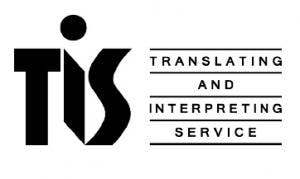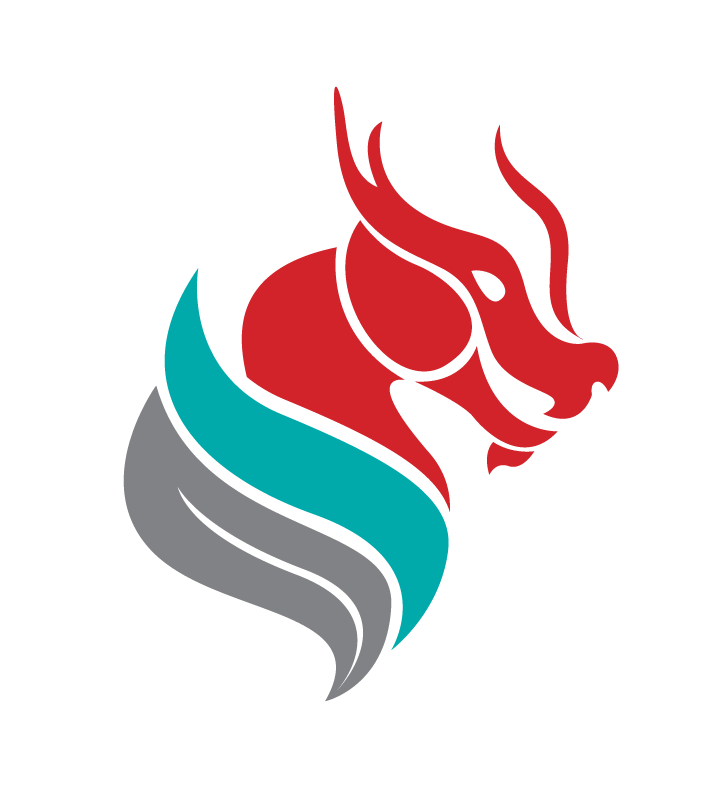Blakehurst and Kogarah Bay Wards Flood Study
Please note: The draft study is now available to view and provide feedback on. We have moved this information to a new project page. Please take the following link to visit the dedicated page for the Blakehurst and Kogarah Bay Wards Flood Study:
https://yoursay.georgesriver.nsw.gov.au/draft-blakehurst-and-kogarah-bay-wards-flood-study
Background
Under the NSW State Government’s Flood Prone Land Policy, all local councils are required to undertake a periodic review of Flood Studies and Floodplain Risk Management Studies. Georges River Council (GRC), with financial and technical support from the NSW Department of Climate Change, Energy, the Environment and Water, have recently commenced the Blakehurst and Kogarah Bay Wards Overland Flood Study.
To prepare the Overland Flood Study, Georges River Council has engaged an independent consultant specialising in floodplain management and flood studies.
The study area (Figure 1) includes the suburbs of Allawah, Blakehurst, Beverly Park, Carlton, Carss Park, Connells Point, Hurstville (part), Hurstville Grove, Kogarah, Kogarah Bay, Kyle Bay, Mortdale (part), Oatley (part), Penshurst (part), Ramsgate (part), Sans Souci (part), and South Hurstville.
 Fig: Study area
Fig: Study areaAbout the draft study
This Overland Flood Study represents an important step in the floodplain risk management process, whereby Council will gain a comprehensive technical understanding of the nature of flooding within the study area using advanced computer modelling software and community feedback.
The aim of the draft Overland Flow Flood Study is to identify the nature and extent of catchment overland flooding, which is generated by rain events where drainage systems quickly reach capacity and excess rainfall flows overland. This information is crucial to keep people and property in our community safe from the impact of severe rain which causes 'overland' or 'flash flooding'.
The aim of the Overland Flood Study is to:
- Define the nature of overland flooding using the most current information and technologies.
- Improve understanding of flood behaviour and associated flood risk across the study area.
- Build community resilience by informing better planning of development, emergency management and community awareness.
- Develop information to assist in future floodplain management activities to reduce flood impacts on the community and risk to life.
Blakehurst and Kogarah Bay Wards Flood Study will prepare flood mapping across the study area including the number of lots that are "Flood Tagged". Flood tagging is a process of identifying property parcels that are at risk of overland flooding and may be subject to appropriate flood-related development controls. This is to ensure that new developments are adequately protected and do not make flooding worse. It is noted that the flood-related development controls are applicable for a new development or addition/alterations to an existing building.
Key Stages of the Preparation
- Stage 1: Data Collection, gap analysis and Community Survey - We are here.
- Stage 2: Hydrological and Hydraulic Model Development and Validation.
- Stage 3: Design event modelling, model simulations and mapping.
- Stage 4: Draft Flood Study Report.
- Stage 5: Community Consultation.
- Stage 6: Final Flood Study Report.
Following the completion of this study, subject to the availability of funding, Council will undertake the Floodplain Risk Management Plan, which uses the results of the Flood Study as the foundations for developing flood risk mitigation options. This typically involves infrastructure projects, development controls and emergency management practices.
How to be involved
The draft study is now available to view and provide feedback on. We have moved this information to a new project page. Please take the following link to visit the dedicated page for the Blakehurst and Kogarah Bay Wards Flood Study:
https://yoursay.georgesriver.nsw.gov.au/draft-blakehurst-and-kogarah-bay-wards-flood-study
Do you need assistance reading and accessing this page?
For a free interpreter call us via the Translating and Interpreting Service (TIS) on 131 450
If you have a hearing or speech impairment, please contact the National Relay Service:
- Voice Relay number: 1300 555 727
- TTY number: 133 677





